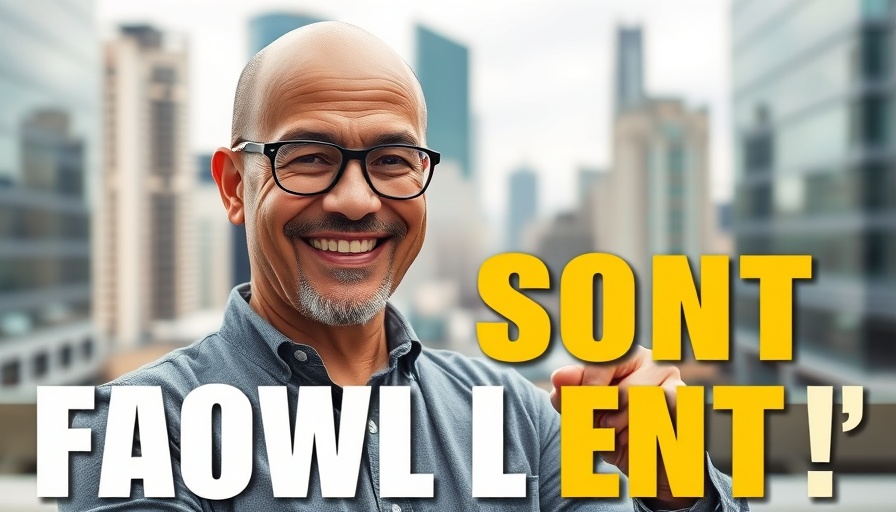
How to Transition from Designer to Creative Director
The journey from designer to creative director often feels daunting, especially for those who prioritize their design skills above all else. However, the key to success in this transition lies in embracing leadership, visibility, and business strategy. This article breaks down essential steps that aspiring creative directors should take to advance their careers.
In '5 Steps from Designer to Creative Director,' the focus is on navigation from design to leadership, prompting us to delve deeper into key strategies and insights for aspiring creative leaders.
The Importance of Visibility in Your Career
One of the most critical factors for career advancement is visibility. Studies illustrate that a staggering 80% of professional success is tied to who knows you in your organization, rather than simply how skilled you are at your job. To enhance your presence within upper management, seek opportunities where you can showcase your work and contribute to high-visibility projects. Participate in meetings, volunteer for presentations, and build relationships with decision-makers. It's essential to treat visibility as a core part of your job, solidifying your reputation beyond just your design contributions.
Building Leadership Skills
Becoming a creative director is not merely about honing design expertise; it’s about learning to lead others. Seek chances to manage junior team members or interns, which gives you the opportunity to develop vital mentorship and feedback skills. This investment in leadership will demonstrate your readiness to assume greater responsibilities. Begin cultivating relationships with cross-functional teams and understand their roles, which will widen your perspective and enhance your strategic thinking.
Project Management: A Essential Skill
Successful creative directors are adept project managers; they not only define creative ideas but ensure timely and budget-conscious execution. Start taking ownership of project timelines and even budgets, actively engaging in tools like Asana or Trello. Communicating effectively with all stakeholders is pivotal to building trust and reliability—traits that management highly values when considering promotions.
Mastering Client Relationships
External client management is another critical skill aspiring creative directors should focus on. It’s not enough for a design to simply 'look good'; you need to articulate its strategic importance. Develop your ability to handle feedback, actively listen to client concerns, and negotiate effectively to find common ground while still advocating for your creative vision.
The Power of Mentorship
Finally, don’t underestimate the strength found in mentorship. Finding a mentor to guide you through this transition can provide invaluable insight and support. Whether internal or through professional coaching, a mentor can help navigate workplace politics, provide leadership strategies, and set the tone for your approach in the early days as a creative director.
As you pursue these actionable steps, consider looking at effective strategies in content writing and branding SEO to further differentiate yourself in a competitive marketplace. Aligning your design skills with strategic business and marketing insights will be crucial as you position yourself for success in your career.
 Add Row
Add Row  Add
Add 





Write A Comment